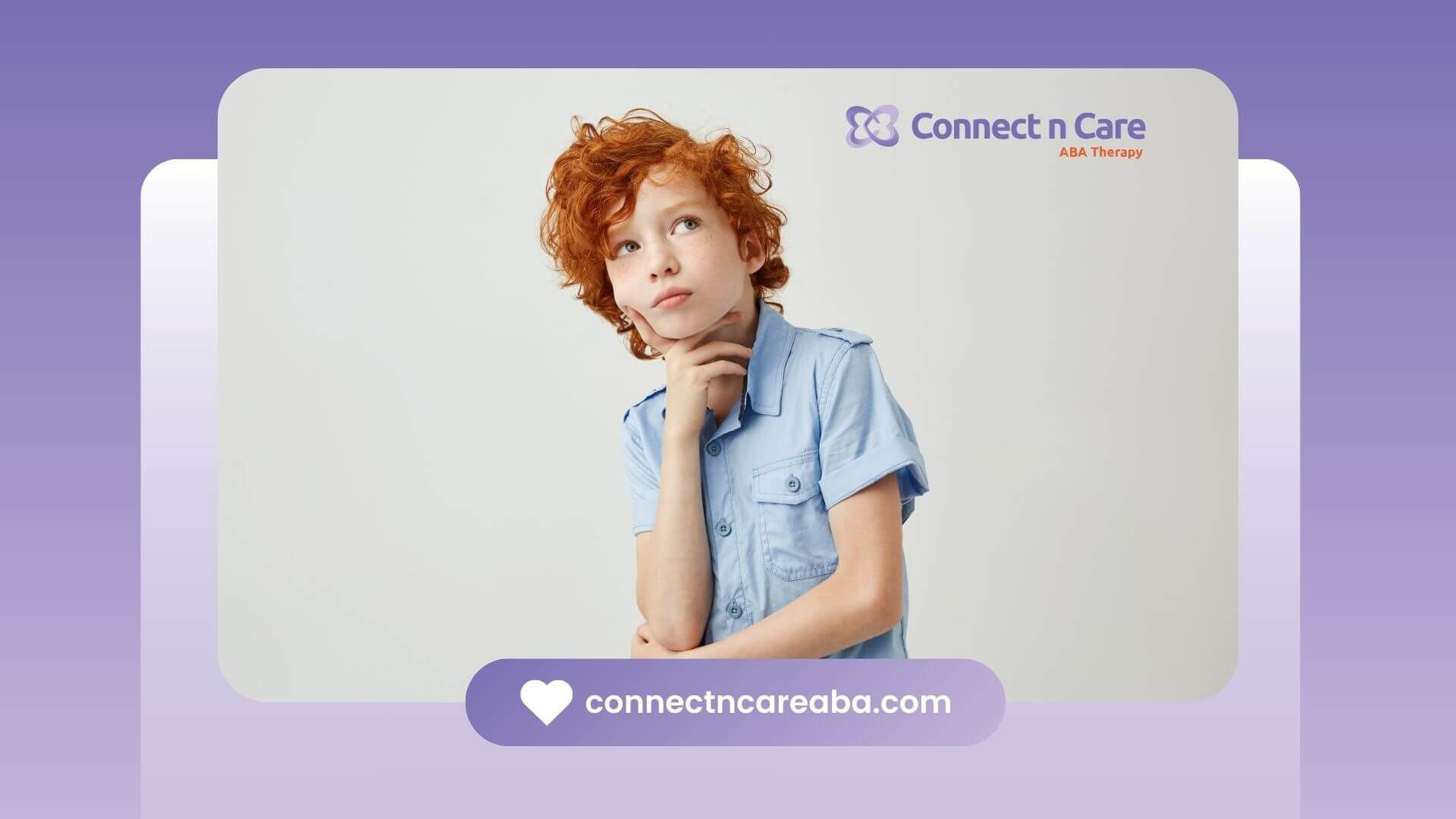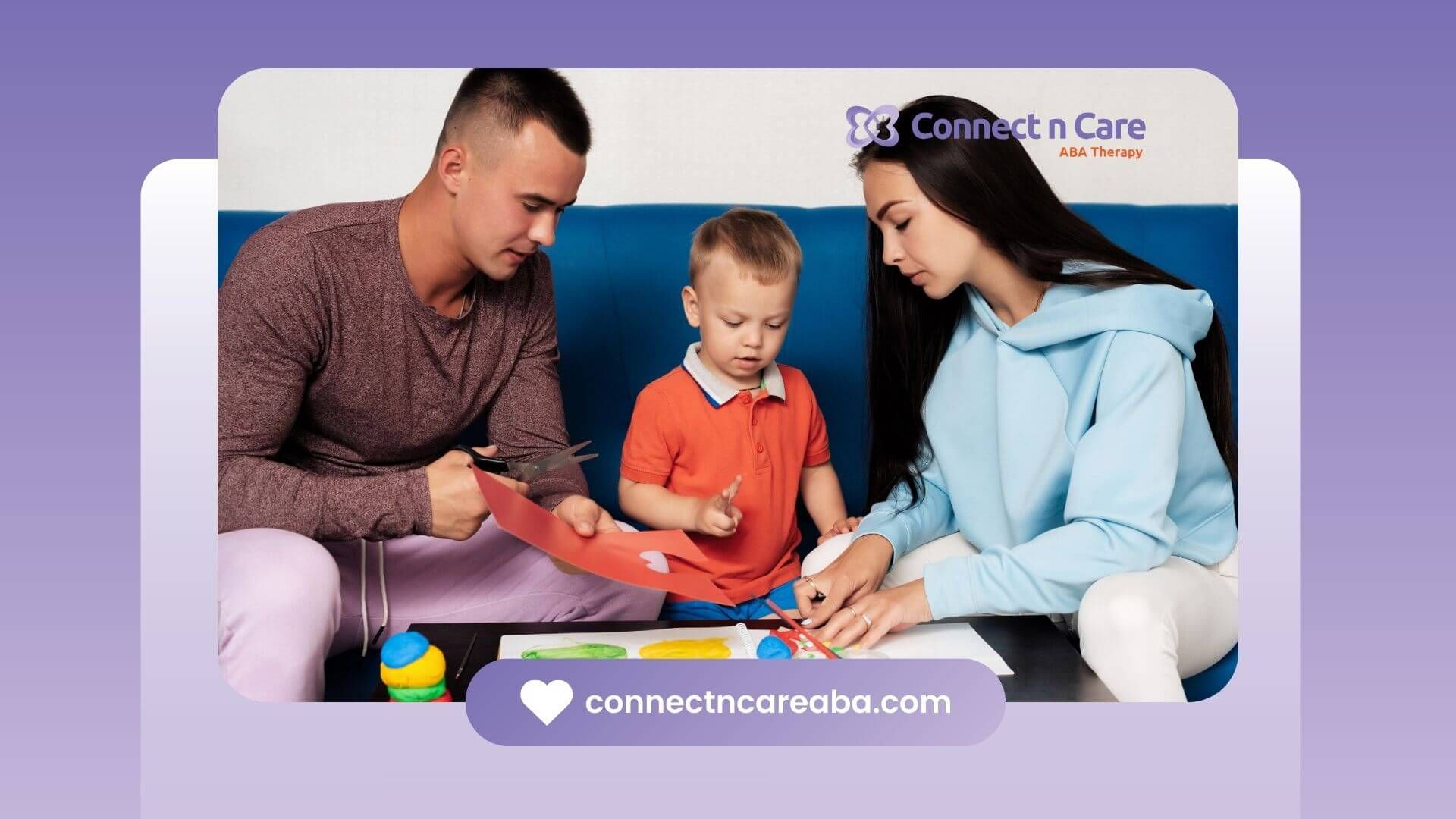Autism Spectrum Disorder (ASD) presents differently in every child, but one of the most common early indicators is difficulty with social communication. Parents often notice their child isn’t responding to their name, avoiding eye contact, or struggling to engage in conversations. Recognizing these early signs can make a significant difference in getting the right autism support.
The Biggest Symptom of Autism: Social Communication Challenges
Among the many signs of autism, the most common and significant symptom is difficulty with social communication. Children with autism often struggle with understanding and using verbal and nonverbal communication cues, making interactions with others challenging.
What Does Social Communication Difficulty Look Like?
- Limited or No Eye Contact: Many children with autism avoid eye contact, which can make it seem like they are uninterested or disengaged.
- Delayed or Absent Speech: Some children may not start speaking at the typical age, while others may develop speech but struggle with meaningful conversations.
- Lack of Gestures: Pointing, waving, or nodding—simple social gestures—may be missing or infrequent in children with autism.
- Difficulty Understanding Tone and Expressions: Children with autism may take words literally and struggle to interpret sarcasm, jokes, or emotions in others’ voices and facial expressions.
- Echolalia: Some children repeat words or phrases they hear, sometimes out of context.
Other Core Symptoms of Autism
While social communication difficulties are the most prominent symptom, autism is a spectrum disorder, meaning that other key symptoms may also appear. These can be categorized into different areas:
1. Repetitive Behaviors and Restricted Interests
- Repetitive Movements: Hand-flapping, rocking, spinning, or other repetitive behaviors are common.
- Strict Routines: Many autistic children prefer routines and may become distressed when their routine is disrupted.
- Highly Focused Interests: They may develop intense interests in specific topics, such as numbers, maps, or animals.
- Sensory Sensitivities: Hypersensitivity or hyposensitivity to sounds, textures, lights, or smells can affect behavior.
2. Challenges in Social Relationships
- Difficulty Making Friends: Social interactions can feel overwhelming or confusing.
- Preferring Solitary Play: Rather than engaging in cooperative play, some autistic children prefer playing alone.
- Lack of Shared Enjoyment: They may not naturally share interests or bring things to show others for attention.
3. Emotional and Behavioral Differences
- Meltdowns or Shutdowns: Overstimulation or frustration can lead to emotional outbursts or withdrawal.
- Difficulty with Emotional Regulation: Sudden mood shifts and trouble expressing emotions are common.
- Unusual Responses to Affection: Some autistic children dislike being hugged or touched unexpectedly.
Why Early Recognition Matters
Early recognition of autism symptoms can make a significant impact on a child’s development. The sooner a child receives support, the better they can develop communication, social, and daily living skills. Applied Behavior Analysis (ABA) therapy is one of the most effective interventions, helping children improve communication, reduce challenging behaviors, and build essential life skills.
How ABA Therapy Supports Children with Autism
ABA therapy is a research-backed approach that helps children with autism learn and reinforce positive behaviors. Some key ways ABA therapy can help include:
- Enhancing Social Skills: Through structured interactions, children learn how to engage with others effectively.
- Improving Communication: Whether through speech or alternative communication methods, ABA helps children express themselves.
- Reducing Challenging Behaviors: ABA therapists work with children to replace disruptive behaviors with more functional ones.
- Encouraging Independence: Skills like dressing, brushing teeth, and following daily routines are reinforced in therapy.
Conclusion
The biggest symptom of autism is difficulty with social communication, but it often presents alongside other challenges like repetitive behaviors, sensory sensitivities, and emotional regulation difficulties. Recognizing these early signs can help parents take proactive steps in seeking support.
At Connect N Care, we provide personalized ABA therapy to help children with autism thrive. Our team works closely with families to develop individualized treatment plans that promote communication, social engagement, and independence. If you’re looking for expert guidance, contact Connect N Care today to learn how we can support your child’s journey!
FAQs
Can a child with autism still be social?
Yes, children with autism can be social, but they may interact in different ways. Some may prefer structured social settings, engage more comfortably with adults, or struggle with unstructured play with peers.
At what age do autism symptoms become noticeable?
Signs of autism can be observed as early as 12 to 18 months, with some children receiving a diagnosis by age two. However, milder symptoms may not be recognized until later in childhood.
Is speech delay always a sign of autism?
Not necessarily. While speech delay can be a symptom of autism, it can also be caused by other factors such as hearing impairments or developmental delays. A comprehensive evaluation can help determine the cause.









